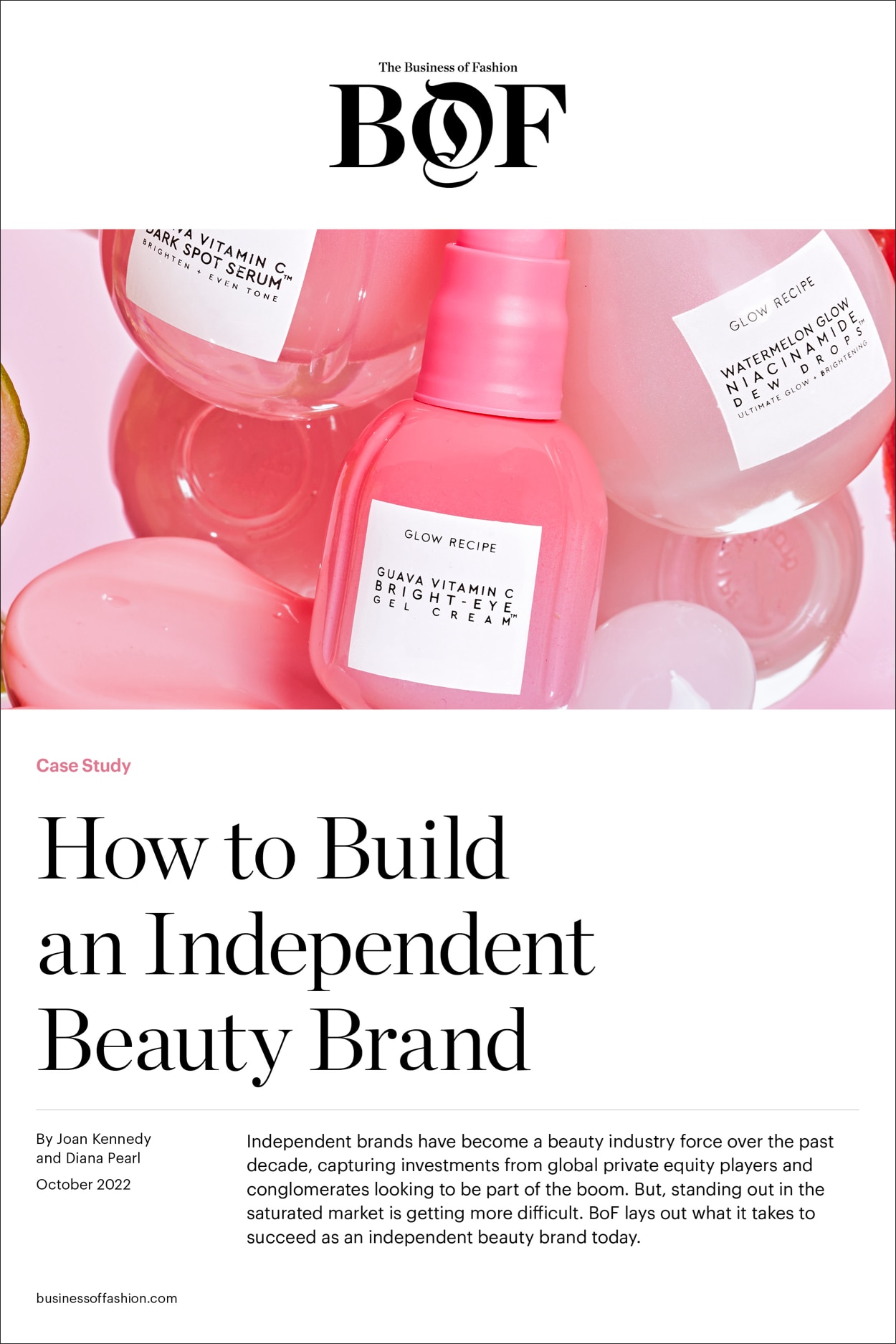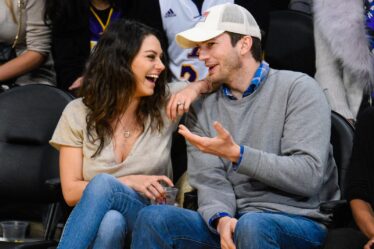
Independent beauty brands in recent times have figured out what has eluded resource-rich conglomerates for years: how to not only sell to consumers, but also serve them with unique products and experiences while building communities online and off.
Founder owned-and-operated brands have long been a presence in the industry. But the 2010s ushered in a golden age for independent labels. Spurred by the direct-to-consumer boom and the emergence of e-commerce platforms like Shopify, it was easy for these start-ups to open their online storefronts, while eliminating the need to pitch to wholesale partners.
The rise of social media also helped. For one thing, social media advertising was relatively cheap, allowing unknown brands to quickly acquire customers. For another, social media became a place for brands to connect with consumers directly, creating online “communities” of loyal customers who follow and engage with the brand, sharing its virtues with their own followers. On Instagram, in particular, founders could become immediately recognisable as their brand’s public face, and discuss the efficacy of their products and the worthiness of their missions.
Industry incumbents were quick to recognise the threat. Brands owned by Estée Lauder Companies, L’Oréal, Procter & Gamble, Puig and Coty had name recognition, but struggled to resonate with consumers, particularly the younger ones. Attempts to launch their own indie-inspired brands mostly flopped. So they embraced a time-honoured approach: if you can’t beat them, buy them. Most, if not all, of these big brands have acquired at least one independent beauty brand in recent years.
“If you were to come out with an independent brand 20 years ago, the concern would have been that you’d be squashed by L’Oréal or Estée,” said Sonya Brown, partner at Norwest Venture Partners. “Today, the tables have turned. These independent beauty companies are the ones that are at the forefront of innovation and growth. And the big conglomerates continue to be acquisitive, which is one of the reasons [venture capital and private equity] investors continue to support the space, because there’s a known exit path.”
Today, the infrastructure exists for indie brands to hit it big quickly: more and more brands will launch bolstered by venture capital funding, and retailers like Sephora and Ulta Beauty are willing to give buzzy young brands shelf space, even after only a year or less in business. But there are many more brands vying for funding and spots on retailers’ shelves, including labels founded by influencers and celebrities along with dermatologists and makeup artists. Competition is more intense than ever.
This case study unpacks what it takes for an independent beauty brand to stand out and grow by examining lessons from three indie start-ups: skin care label Glow Recipe, hair care brand K18 and fragrance purveyor D.S. & Durga.
Glow Recipe — founded by former L’Oréal employees Christine Chang and Sarah Lee in 2014 — jumped on the booming Korean Beauty trend with its fruit-inspired products in 2017. The founders spoke with BoF about how their team considers the way a product appears online from the get-go, at its formulation stage, as well as how they are able to quickly respond to trends and tailor communications to particular channels. In August 2022, Bloomberg News reported that the brand tapped investment bank Goldman Sachs to advise on its sale, at a valuation of between $400 million and $500 million.
Fragrance brand D.S. & Durga debuted in 2008, at a time when David Moltz readily admits today that he and co-founder (and wife) Kavi Moltz had little business experience. The founders leaned heavily on traditional principles of brand building to create a “personality” for every fragrance in their portfolio, pairing each with a playlist in order to highlight its connection to and inspiration from music. It’s a multi-sensory approach that has helped D.S. & Durga reach its goal of sustained growth — its sales have increased by 90 percent year on year since 2020.
As a new entrant in a hot category, having arrived on the scene in 2020, hair care label K18 provides evidence that despite greater competition, it’s possible for independent brands to scale quickly. Launched at the height of the pandemic, the brand leaned into TikTok virality to help its signature product, the Leave-In Molecular Repair Hair Mask, fly off shelves. Sales in 2022 — its second full year in business — are expected to exceed $125 million.
For many independent beauty brands, the promise of a lucrative exit is a major motivator through the ups and downs of entrepreneurship. But as the three brands in this case study demonstrate, there’s no avoiding the pre-exit heavy lifting.
Click below to read the case study now.



